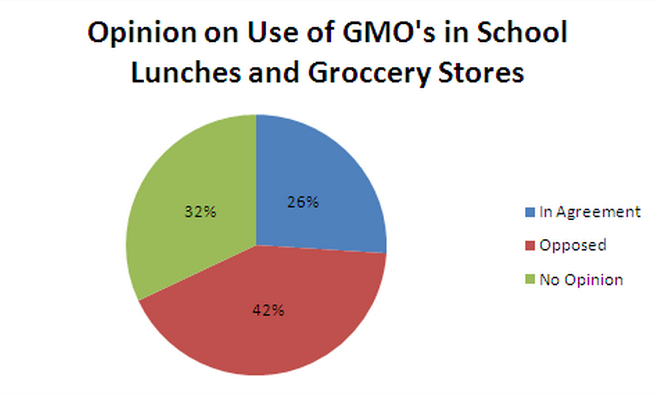Team:Jefferson VA SciCOS/ELSI
From 2013hs.igem.org
|
Human Practices Our team recently took a poll of students at our school as well as other members of our community on whether genetically modified foods should be sold in grocery stores and used in school lunches. After surveying around 200 people, we found that around 42% of people were completely opposed to the use of genetically modified foods, 26% approved of their use, and 32% had no opinion. These statistics, especially the large percentage of interviewees who had no opinion, show that a large amount of people in our local community are not informed about the use of GMO’s, and that further effort should be put into educating parents and students about the benefits of GMO’s.
|
|
Our team has also took matters into our own hands and helped to educate our community through many different mediums. From the very beginning, we realized that we could make a very big difference in the education of our school using the power of Facebook. We have created a facebook page whose sole purpose is to inform our student body about the benefits of studying genetic engineering and to showcase important research in the field. Facebook is a very common social networking site for students at TJ, and our page frequently sends out information that our student body can easily access. We have around 70 people who have liked our page, and the number is constantly growing. Through this page, we hope that more and more of our students can consider a career in genetic engineering and support the use of GMO’s in our everyday lives.
|
 "
"
